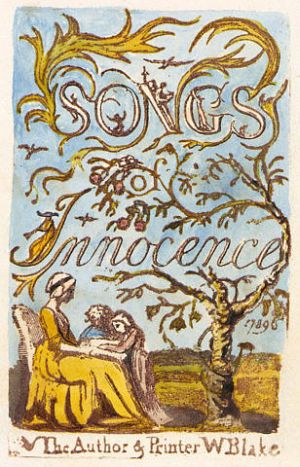About
As the ballad has roots in the Anglo-Scots-Irish song tradition, scholars have noted that Foster’s “Ah! May the Red Rose Live Alway!” is reminiscent of Irish musician Thomas Moore’s “The Last Rose of Summer,” although Foster’s melody is simpler than that of his Irish predecessor.
After a brief piano introduction, the vocal line opens with a high D that is held with a fermata, perhaps to give the illusion of stalling the passage of time. Foster has placed additional fermatas throughout the song, possibly with similar effects in mind. Also of interest is Foster’s use of the marking “ad lib” in several places in the song. This flexibility allotted to the singer is atypical given Foster’s usual preference of precise, literally exact, note-for-note interpretations. Thus, the “ad lib” designation was scarcely used by Foster and can, in fact, be found in only two of his previous songs: “Mary Loves the Flowers” (1850) and “Jeanie with the Light Brown Hair” (1854).
“Ah! May the Red Rose Live Alway!” was published by F. D. Benteen of Baltimore in April of 1850. Foster probably hoped that the publication of his parlor ballads would help diversify his reputation as a song composer, but the ballads proved financially unsatisfactory as compared to his minstrel songs. In his account ledger of 1857, Foster recorded that “Ah! May the Red Rose Live Alway!” had earned a mere $8.12 in royalties over a seven-year period. As a result, Foster redirected his compositional efforts to minstrel songs, which averaged a return of nearly ten times more than the ballads published at that time. Beginning in 1860, Foster returned once more to the sentimental ballad, the most noteworthy being “Beautiful Dreamer,” published in 1864 just after the composer’s death.
–Library of Congress
Text

Ah! May the Red Rose Live Alway!
by Stephen Foster
Ah! may the red rose live alway,
To smile upon earth and sky!
Why should the beautiful ever weep?
Why should the beautiful die?
Lending a charm to every ray
That falls on her cheeks of light,
Giving the zephyr kiss for kiss,
And nursing the dew-drop bright —
Ah! may the red rose live alway,
To smile upon earth and sky!
Why should the beautiful ever weep?
Why should the beautiful die?
Long may the daisies dance the field,
Frolicking far and near!
Why should the innocent hide their heads?
Why should the innocent fear?
Spreading their petals in mute delight
When morn in its radiance breaks,
Keeping a floral festival
Till the night-loving primrose wakes —
Spreading their petals in mute delight
When morn in its radiance breaks,
Keeping a floral festival
Till the night-loving primrose wakes.
Lulled be the dirge in the cypress bough,
That tells of departed flowers!
Ah! that the butterfly’s gilded wing
Fluttered in evergreen bowers!
Sad is my heart for the blighted plants —
Its pleasures are aye as brief —
They bloom at the young year’s joyful call,
And fade with the autumn leaf:
Ah! may the red rose live alway,
To smile upon earth and sky!
Why should the beautiful ever weep?
Why should the beautiful die?
Photo: Rose and Lily. Currier & Ives, [between 1856 and 1907]. Prints and Photographs Reading Room, Library of Congress.

